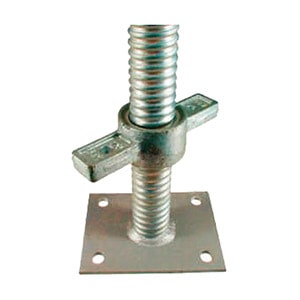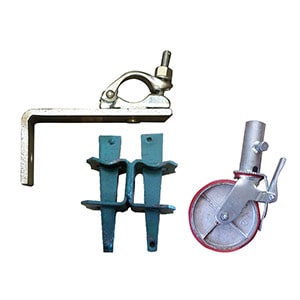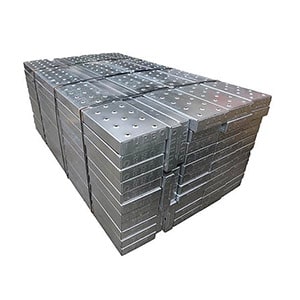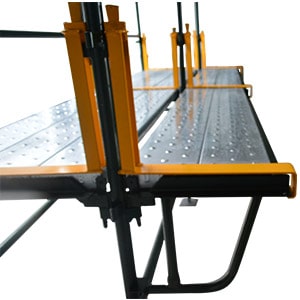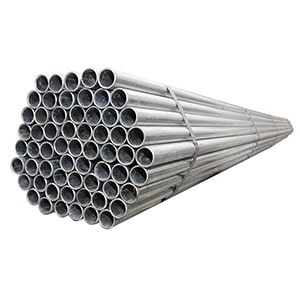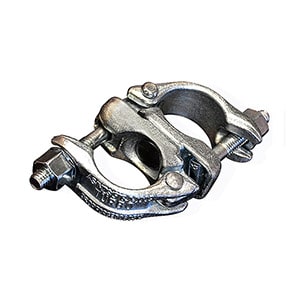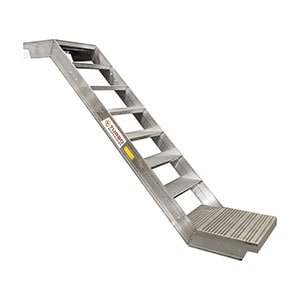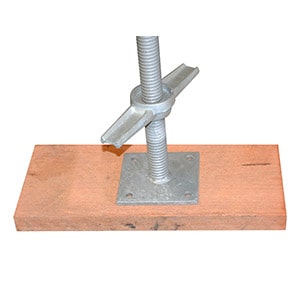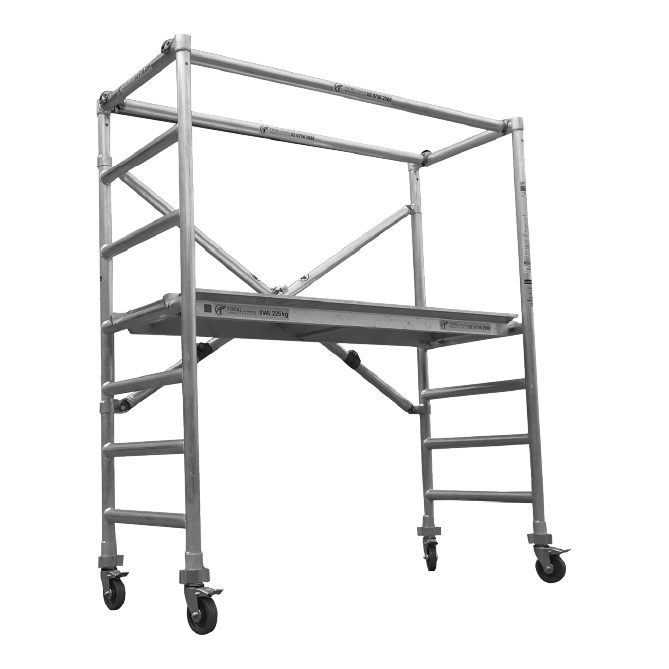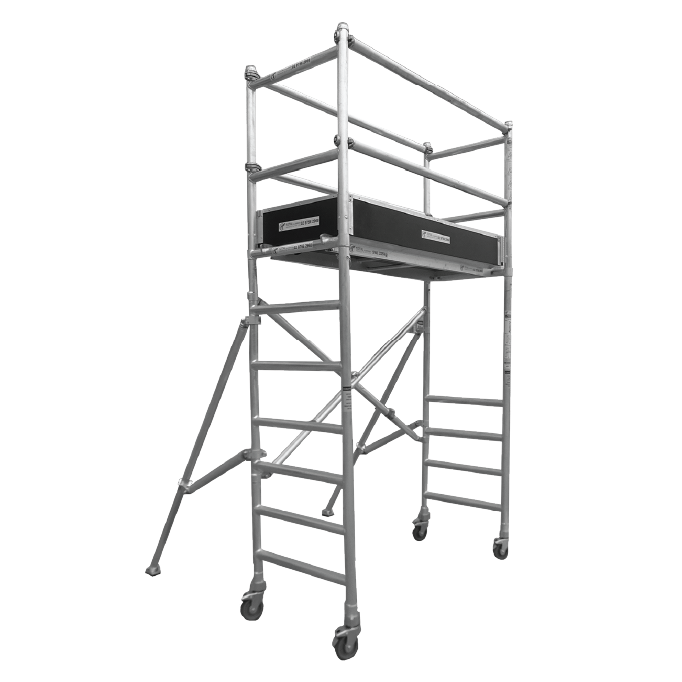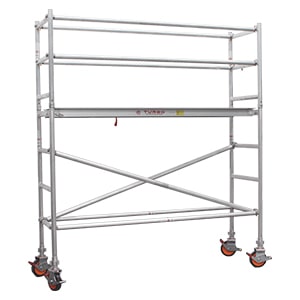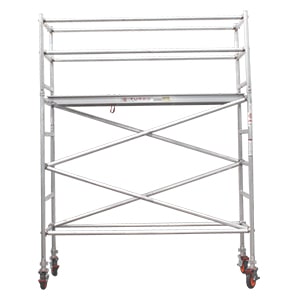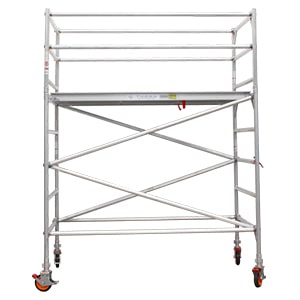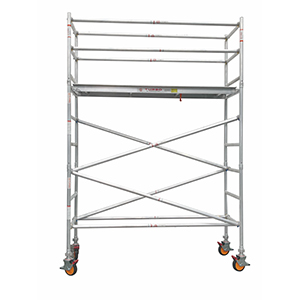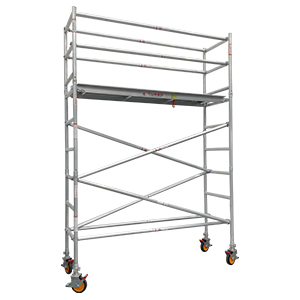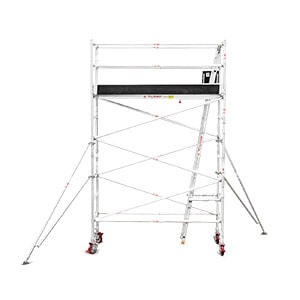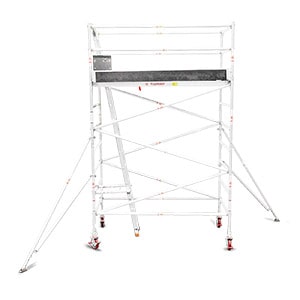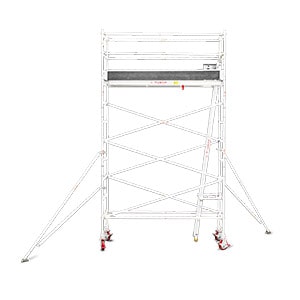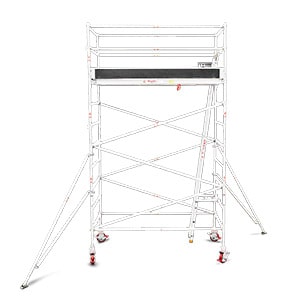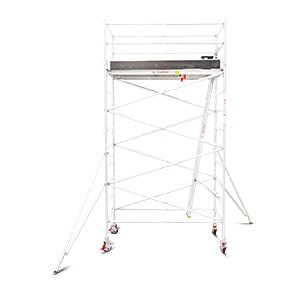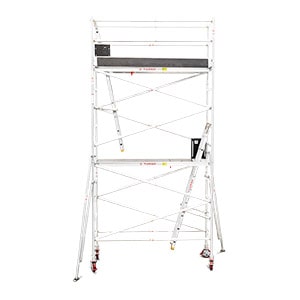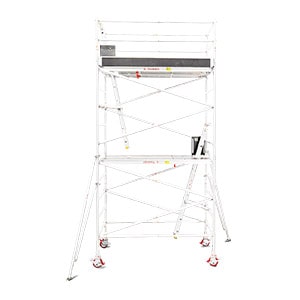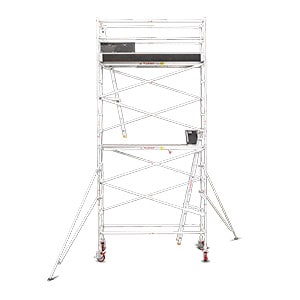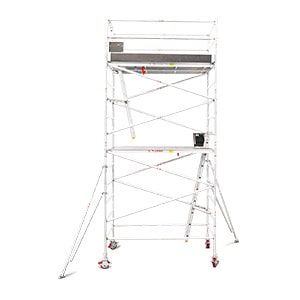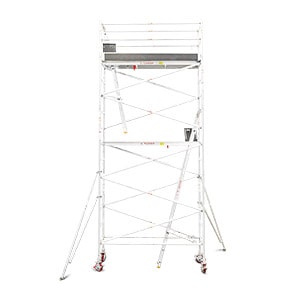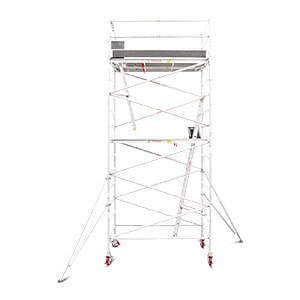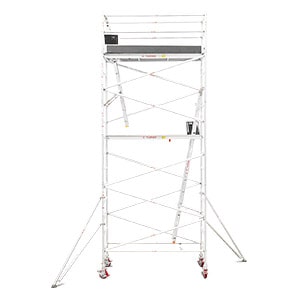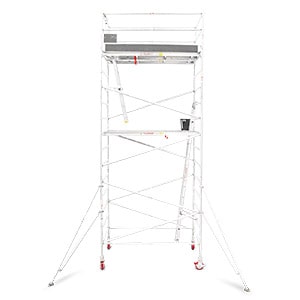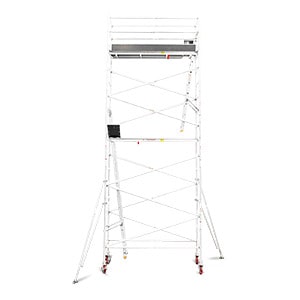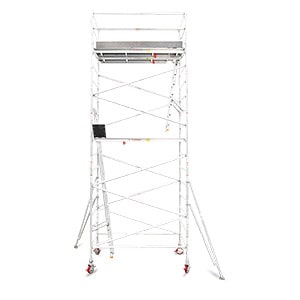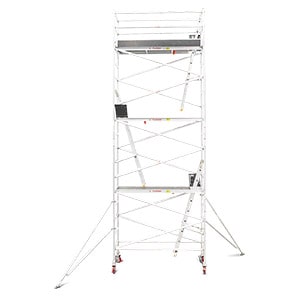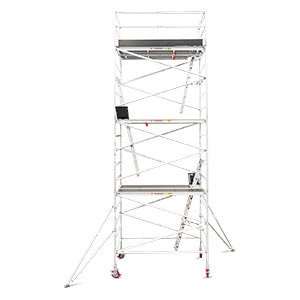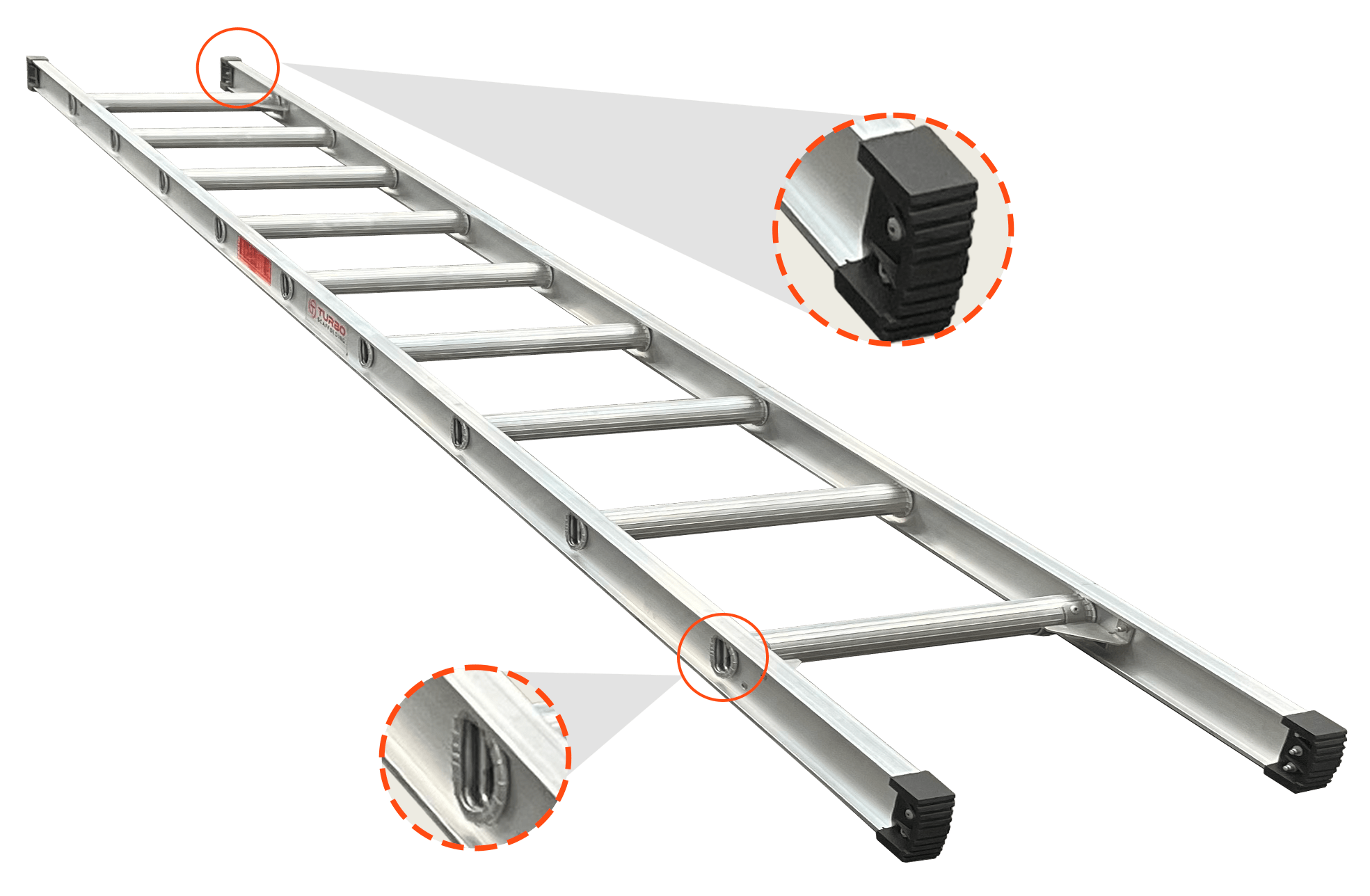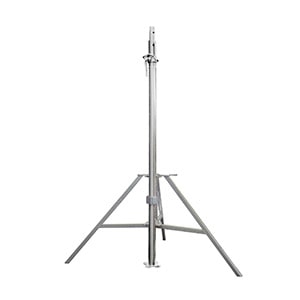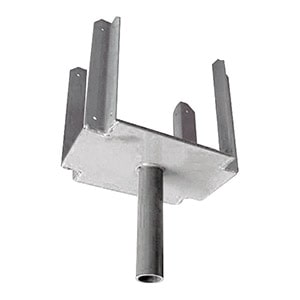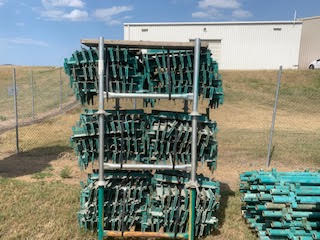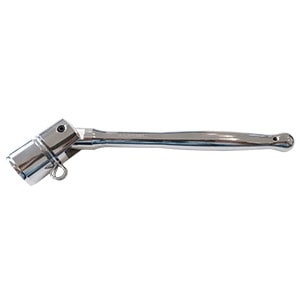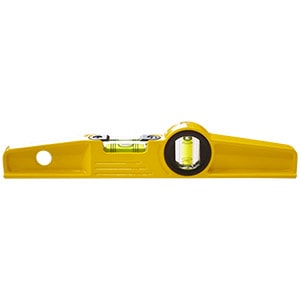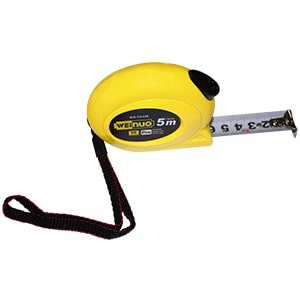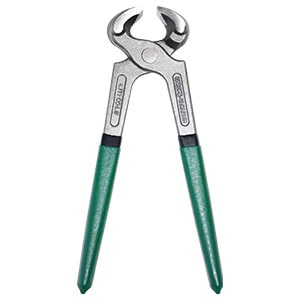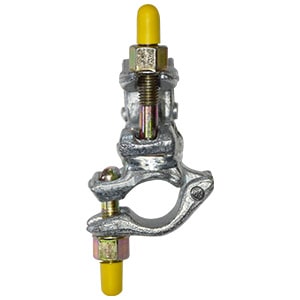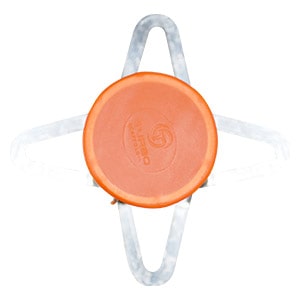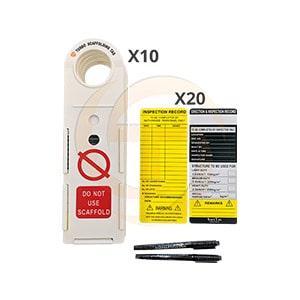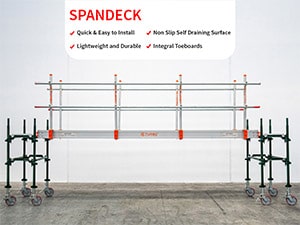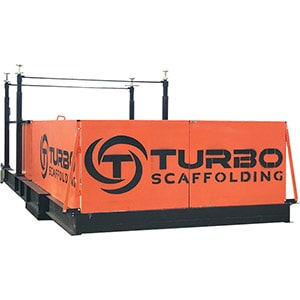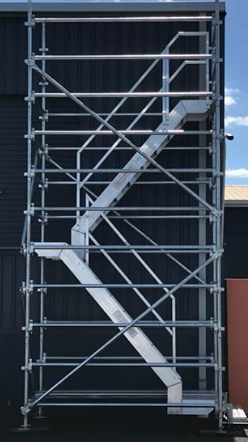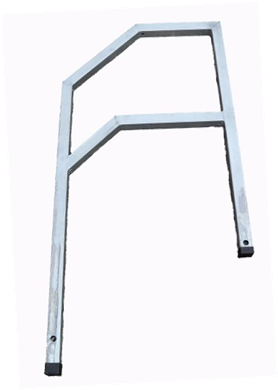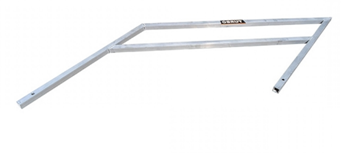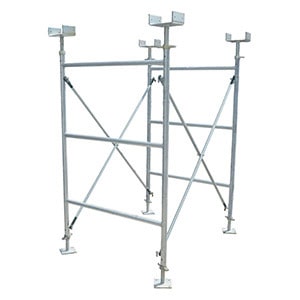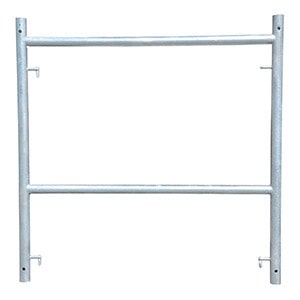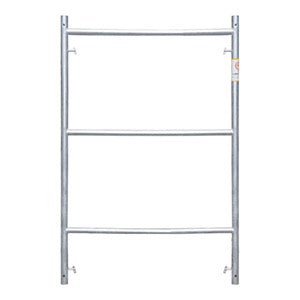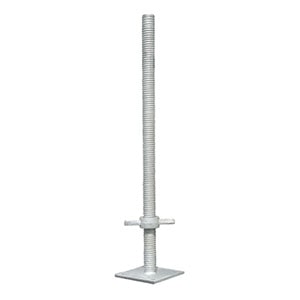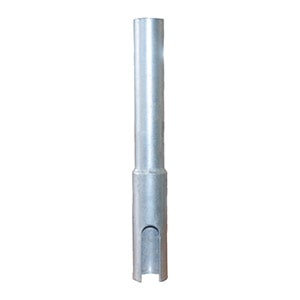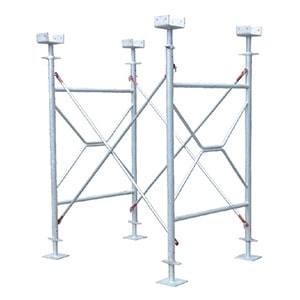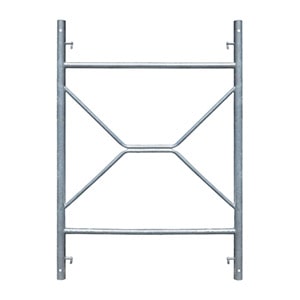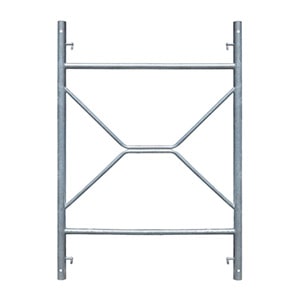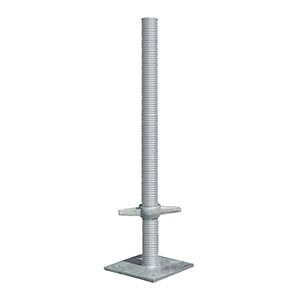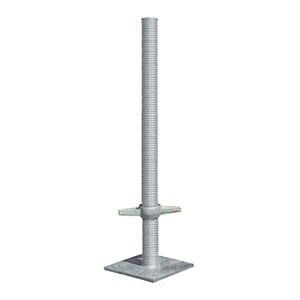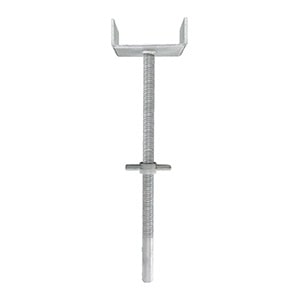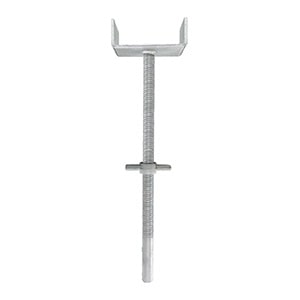Scaffolding systems are the unsung heroes of construction and maintenance projects, providing the vital access and support required to reach significant heights and complete complex tasks safely and efficiently. These versatile structures have been part of construction practices for centuries, transforming steadily to meet the changing demands of modern building techniques. They are pivotal on any worksite, ensuring workers have a secure and reliable operating platform.
Here, we will summarise essential scaffolding rules that guarantee a safe working environment while maintaining peak productivity throughout each project phase.
Identify and Select Stable Ground
Establishing a solid base is the first step to ensuring safe scaffolding installation. A thorough assessment of the terrain is essential to confirm that it can bear the weight of the scaffold and the workers operating on it. The ground should be firm and level; any deviation could lead to a dangerous situation where the scaffolding might shift or collapse.
A careful survey of the area assists in identifying any potential hazards, such as soft soil, hidden debris, or environmental factors that might compromise stability. Choosing a secure ground surface is non-negotiable for safe scaffolding installation and lays the foundation for a secure work platform throughout your project.
Hire a Trained and Experienced Scaffold Installer
The success of a construction site often hinges on the skill and expertise of the professionals behind it. A knowledgeable scaffold installer can make all the difference when erecting a complex scaffolding system. Selecting an installer with a proven track record ensures the job is done correctly, reducing the risk of accidents that arise from poor construction practices.
Professionals familiar with Australian construction standards are likely to follow the best scaffolding practices for construction sites, prioritising structural integrity and worker safety. Entrusting your project to a skilled installer not only guarantees safe scaffolding installation but also enhances the overall reliability of the structure, which is vital for the success of any project.
Safety Must Be the Highest Priority
Safety is the cornerstone of every project that involves working at heights. Every workforce member must be vigilant about their safety and that of their colleagues. A workplace that prioritises safety sees a boost in productivity as workers become more confident and focused.
On construction sites, safety measures involve regular inspections, the use of high-quality equipment, and strict adherence to protocols set by regulatory bodies. Items such as scaffolding systems and mobile scaffolds for sale must meet rigorous standards to ensure they function correctly under various conditions. In environments where risk is high, a strategic focus on safety not only protects personnel but also ensures that projects progress without serious incidents.
Use the Appropriate Scaffold for the Job
Choosing the correct type of scaffold should be based on the specifics of the project at hand. Every construction task demands a structure that provides the stability, height, and access required for practical work. Options range from stationary frameworks to mobile units that offer flexibility on dynamic job sites.
Mobile scaffolds for sale are popular for projects requiring frequent repositioning of work platforms. Workers and managers should carefully consider load capacity, ease of assembly, and compatibility with the existing work environment when evaluating different scaffold types. By matching the scaffold to the task, project supervisors can improve on-site efficiency and reduce risks, ensuring that each project phase proceeds without incident.
Impart Appropriate Training to Your Employees
A robust training programme is central to maintaining a safety culture around scaffolding. Every worker should know the correct methods for setting up and operating the scaffold. Training courses should cover risk recognition, the proper use of safety equipment, and the procedures required to deal with emergencies.
A well-informed team is less likely to make critical mistakes, keeping the project timeline on track and minimising the potential for injury. Regular refresher courses can effectively update workers on the latest industry standards and best practices. Comprehensive education on scaffolding techniques safeguards the workforce and reinforces high-performance standards on every construction site.
Routine Inspections and Maintenance
A successful construction project does not rely solely on initial setup; routine checks are as necessary as the first installation. Daily inspections by trained personnel help identify any deterioration or damage to the scaffolding systems, ensuring faults are corrected promptly.
Maintenance is essential for extending the scaffold’s lifespan and protecting workers’ well-being on the platform. Inspections should cover structural stability, the condition of joints and supports, and the integrity of any safety devices. Regularly reviewing the scaffold’s state ensures that it meets the safety criteria throughout a project, preventing avoidable mishaps.
Planning and Documentation
Every safe construction site requires careful planning and complete documentation. Detailed plans for scaffolding erection, including diagrams, risk assessments, and safety measures, are critical components of a project’s success. Documentation ensures that every step adheres to legal and industry standards and that all stakeholders know the responsibilities and protocols.
A comprehensive record allows for smoother audits and serves as a guide should an unforeseen situation arise. Effective record-keeping increases accountability and supports a systematic approach to managing site safety, ensuring that each project is completed according to the highest standard of practice.
Wrapping Up
Establishing a strong foundation by selecting stable ground, hiring experienced installers, and emphasising safety through proper training and thorough inspections plays a significant role in project success.
These fundamental scaffolding guidelines are vital for maintaining a secure job site. These rules enhance job site safety and improve work efficiency, ensuring a more productive and safe working environment.
If you need expert advice or assistance with your next project, consider calling Turbo Scaffolding, a reputable scaffolding provider, on 02 9725 5233. Our expert team will be delighted to help you choose the best scaffolding system and mobile scaffolds for sale in Sydney.

